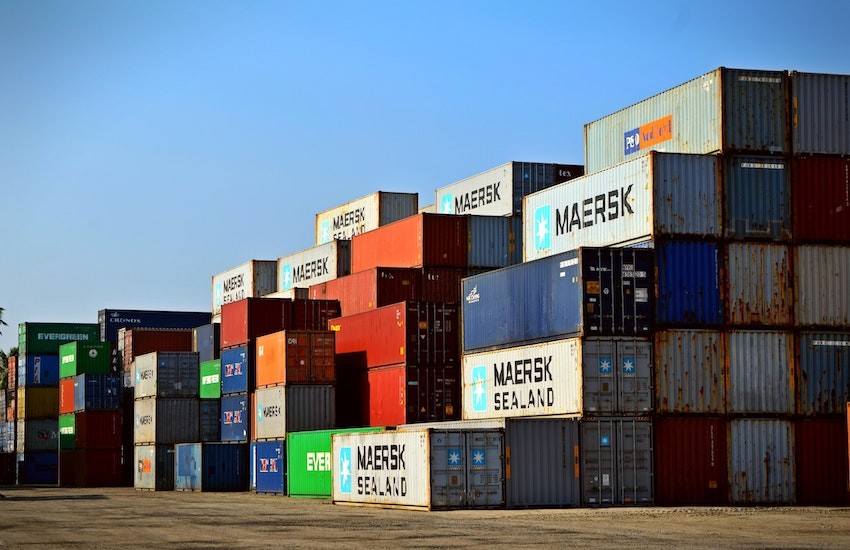
Another container shortage coming for Indian exporters: GTRI
NEW DELHI : Indian exporters may face yet another round of container shortages, compounded by already soaring freight costs, as reports emerge of China cornering all available container capacity to push as much shipments to the US and Europe ahead of upcoming tariff hikes, according to Global Trade Research Initiative (GTRI).
Adding to this strain are shipping delays at Indian ports, triggered by congestion at the Singapore port. Some shipping lines are even skipping Indian ports, exacerbating the issue of container availability and leaving exporters stranded. The Federation of Indian Export Organisations (FIEO) highlighted these concerns in a recent meeting with the Ministry of Commerce and Industry.
Freight costs for Indian exporters shipping to Europe and the US have more than doubled in the past year, largely due to disruptions in the Red Sea. Indian exporters may soon face further disruptions if the US-China trade war intensifies, warned GTRI.
Between 2022 and 2024, shipping rates for a 40-foot container fluctuated significantly. In 2022, the average cost was $4,942—driven by the pandemic’s lingering effects—while by 2024, the rate had stabilised at around $4,775. These prices are still much higher than the pre-pandemic rate of $1,420 in 2019, reflecting ongoing supply chain challenges that continue to strain global trade.
India’s reliance on foreign shipping lines and containers makes its exporters particularly vulnerable. GTRI stated that the only long-term solution is for India to develop its own shipping lines and scale up domestic container production.
90-95% of India’s cargo is transported by foreign shipping liners, leaving Indian exporters at the mercy of foreign freight rates and schedules. Shipping Corporation of India (SCI), along with other Indian shipping companies, handles only about 5-10% of trade by volume. Further, around 25%vof India’s cargo is transshipped through hubs like Colombo, Singapore, and Klang, which increases transit times and costs.
India also remains heavily dependent on containers made in China.
Globally, major shipping lines and leasing companies dominate container availability, leaving India with a negligible share. The shipping container industry is critical to global trade, and India has been making efforts to expand its container production.
However, current output is insufficient to meet growing demand. The global leader China produces 2.5 to 3 million containers annually, while India produces between 10,000 and 30,000 containers annually. Additionally, Indian containers face a price disadvantage, with production costs ranging from $3,500 to $4,000 per 40-foot container—significantly higher than China’s $2,500 to $3,000. As a result, Indian businesses remain dependent on imported containers.
To reduce this dependency, India should prioritise expanding its container manufacturing capacity through financial incentives, subsidies, and infrastructure investment, according to GTRI. Key hubs like Bhavnagar and Chennai must scale production to meet rising domestic and global demand. Strengthening Indian shipping lines and accelerating port development initiatives are also critical steps for reducing India’s vulnerability to global supply chain disruptions and enhancing its position in international trade, GTRI added.
